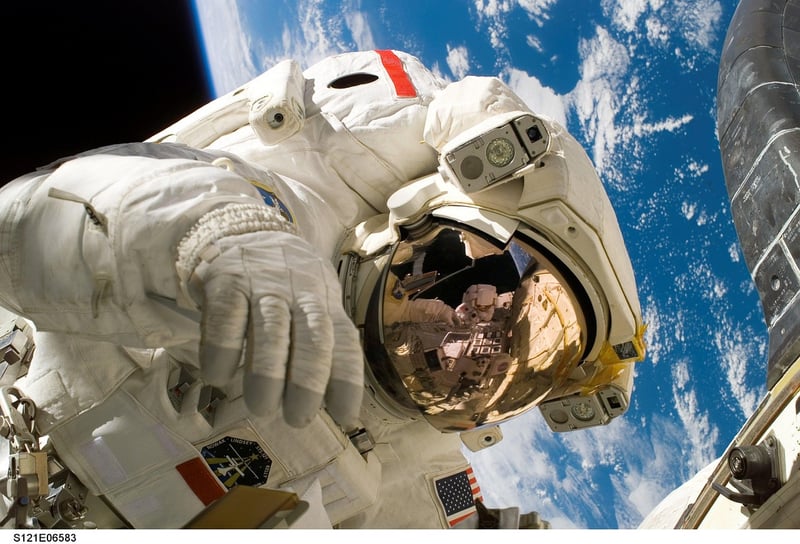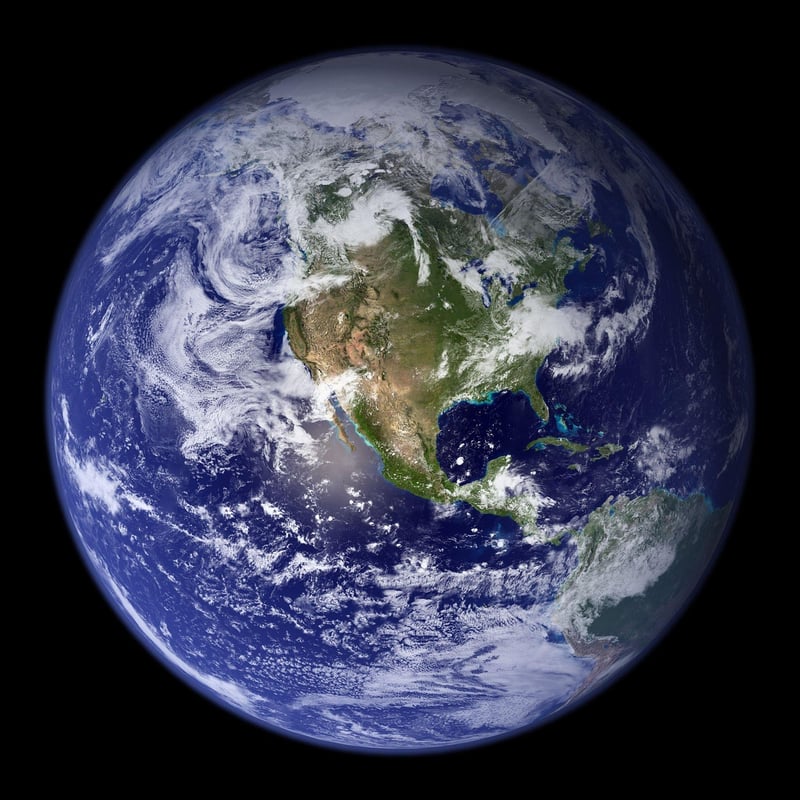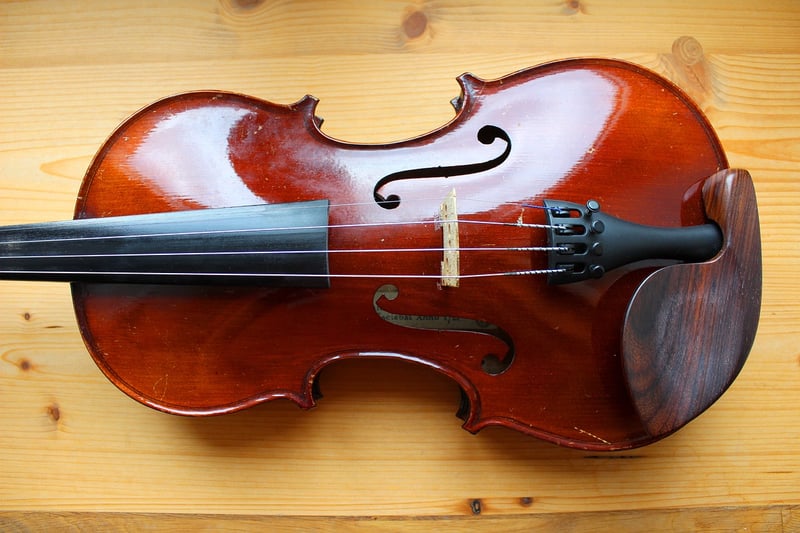Scientific Theories
Mechanisms for Time Travel and Scientific Theories
Time travel has been a fascinating concept in science fiction for decades, but is it really possible? Let's explore the mechanisms for time travel and the scientific theories behind them.
1. Wormholes

One of the most popular theories for time travel involves wormholes. A wormhole is a hypothetical tunnel that connects two separate points in spacetime. By traversing through a wormhole, one could potentially travel to a different time as well as a different location.
2. Time Dilation

According to Einstein's theory of relativity, time is not constant and can be affected by gravity. Time dilation occurs when the time elapsed for two observers is different due to their relative velocity or gravitational field strength. This effect has been observed in experiments with high-speed particles and satellites.
3. Grandfather Paradox

The Grandfather Paradox is a famous thought experiment in time travel. It suggests that if a person were to travel back in time and prevent their grandparents from meeting, it would create a paradox where the person would never be born. This paradox raises questions about the feasibility and consequences of time travel.
4. Quantum Entanglement

Quantum entanglement is a phenomenon where two particles become connected in such a way that the state of one particle is dependent on the state of the other, regardless of the distance between them. Some scientists speculate that exploiting quantum entanglement could potentially lead to communication across time, if not physical time travel.
Conclusion
While the idea of time travel captures our imagination, the mechanisms for achieving it remain largely theoretical. Scientists continue to explore these concepts and push the boundaries of our understanding of the universe. Whether time travel will ever become a reality or forever remain in the realm of science fiction, only time will tell.
For more information on time travel and related scientific theories, you can visit Space.com.
